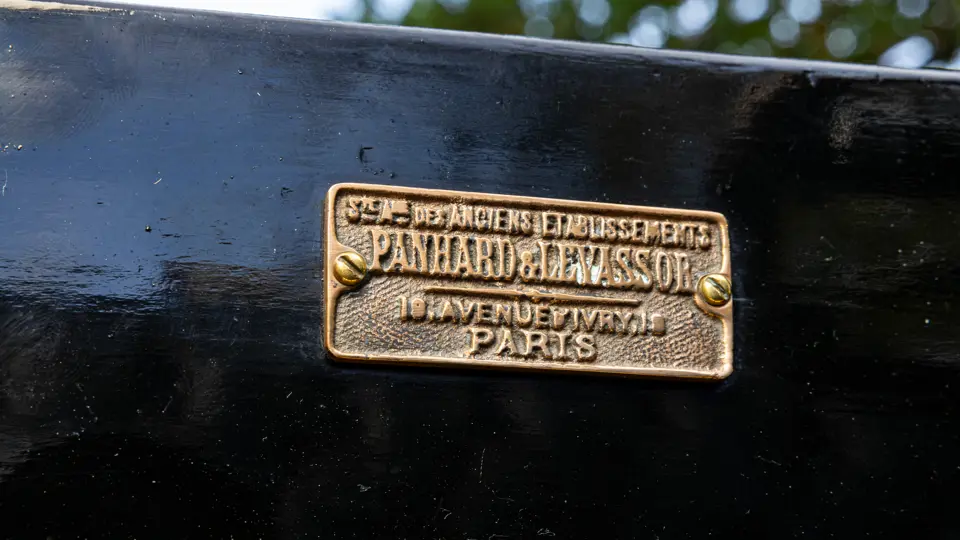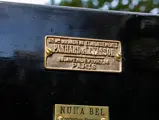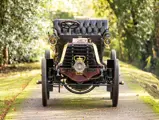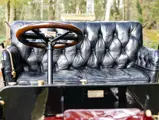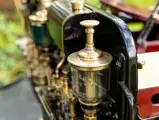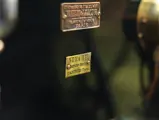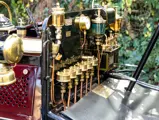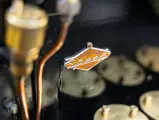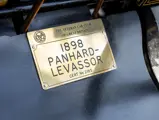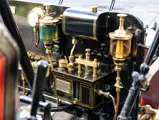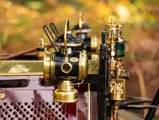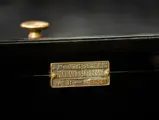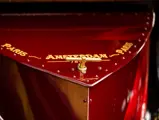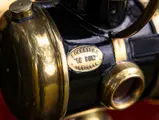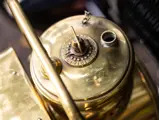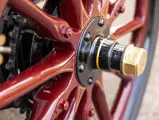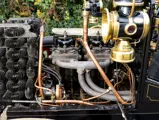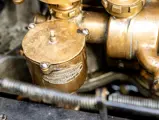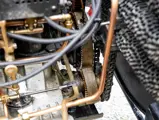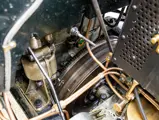
1898 Panhard-Levassor Type B1 M4E Voiture de Course
{{lr.item.text}}
£1,375,000 GBP | Asking
{{bidding.lot.reserveStatusFormatted}}
- Among the world’s earliest extant racing cars in private ownership
- Believed to be the only surviving example built to Course specification
- Previously owned by former ACO and FIVA president Count Bernard de Lassée
- London to Brighton Veteran Car Run eligible
- The first car to Brighton in 1996, 1997, and 1998; by as much as 25 minutes!
If France was, as has often been said, the nursery of the automobile, it was Panhard et Levassor who helped encourage it into its youth, under the direction of technical director Commandant Arthur Krebs. The Type B1 M4E was a remarkably modern automobile by the standards of veteran cars, in keeping with the tradition set by its extremely forward-looking manufacturer. It employed such then-advanced features as control by a steering wheel, pneumatic tyres, and a finned tube radiator, as well as aluminum bodywork, rather than the wood still employed on many automobiles.
As primitive as it appears today at first blush, it was in 1898 one of the most state-of-the-art horseless carriages on the road, and with its 2,143cc, 8-hp Phoénix four-cylinder engine supplying power through an aluminum gearbox cast by future Bentley piston supplier Maxime Corbin, one of the swiftest. The engine was set up to run at 1,000 rpm, the highest revs possible with hot tube ignition! Even today, the M4E is an exhilarating machine to ride—and one does ‘ride’ it—down the open road, exposed totally to the air and sun in thrilling fashion. It can justifiably be called one of the original performance cars, long before such a term actually existed.
It is believed that this car is the sole survivor built to Course specification with race participation in mind, and specifically the biggest race event of the year, the Paris-Amsterdam-Paris race of 1898; Of the seven such 8hp racing Panhards entered, six completed the race, with the car driven by Fernand Charron, winning outright, having run 33 hours, 4 minutes, and 34 seconds at an average speed of 26.9 mph. In second place was Girardot on his works car along with Rene de Knyff taking fourth and Adam in 6th place and Gilles Hougieres taking 12th place. Parix drove the final 8hp car into 14th. Only 15 of the original 49 entrant cars would complete the race, six of these being the new 8hp Panhard showing these were in a class of their own.
Following its completion, 1451 remained with its manufacturer, likely as at the time the model was still being driven by the works in anger, and they wished to maintain their engineering secrets whilst still being competitive. Finally, in 1899 it was sold to the wealthy industrialist and pioneer motorist Louis Laveissiére of Paris, for whom its bodywork was converted to a more practical four-seater by moving the original front seat to the back, creating a new front seat, and moving the radiator to a conventional position in the front.
Later the car was owned for many years by Count Bernard de Lassée, the renowned French enthusiast and former president of both the ACO and FIVA, and in his ownership was exhibited within his collection near Lourdes, as well as occasionally in the museum at Le Mans. Following his passing in 1991, much of the Lassée collection became part of the permanent Musée de Châtellerault. The Panhard was sold into the private hands of a French collector by the name of Dr. Ferrand, then passed into Dutch ownership and was exhibited at Velorama, the National Bicycle Museum at Nijmegen. In 1994 it became available from that collection and was purchased by a well-known British veteran car enthusiast for his important ‘Brighton Early’ collection, in whose care it remained for some 25 years.
Afterward the car underwent a well-deserved, sensitive restoration under the supervision of a leading historical Panhard expert during which it was found to retain many critical features of the Paris-Amsterdam racers, including an aluminum crankcase and gearbox casting, uprated ball races in the kingpins, larger wheel hubs, and an 800mm track of the chassis, all based upon research in the Panhard factory records housed at Mulhouse. It was returned to the original two-seat configuration, with the original front seat (moved to the back as part of the 1899 conversion) relocated to its proper position, and the original bonnet retained. Both bodies are offered with 1451 and can easily be changed out should a 4-seater be required.
Rarely seen in the past 20 years, it had formerly graced the lawns at several prominent UK concours, the Panhard has been entered numerous times into the London to Brighton Veteran Car Run, with tremendous success. While the Run is, it should be clearly said, not a race, there is some prestige in being the first to achieve ‘punctual arrival’ in Brighton, as did 1451 in 1996, 1997, and 1998 inclusive. Notably, in 1996, it was the first car in Brighton by some 25 minutes, proof of its continued dominance over other vehicles of its period. Most recently it was the subject of a feature article by the noted automotive historian and journalist David Burgess-Wise in the September 2024 edition of The Automobile. Alongside a copy of this magazine in the car’s extensive history file are copies of factory records including chassis drawings for 1451.
With the now-conventional three-pedal layout being another Panhard invention, this ensures 1451 is relatively easy to drive some one hundred and twenty years after it was built, especially when coupled with this car’s four-speed gearbox (including reverse). Recently serviced, this Panhard is said to be ‘on the button’, boasting both exceptional speed as well as good brakes for its age. An electric starter has been fitted for ease of use, which is fully reversable should this be required for concours purposes.
Possibly the earliest surviving intact racing car in the world, this is a veteran automobile with few if any equals, especially in private ownership, the majority of its onetime competitors that survive being housed in prominent national museums. It is a truly scarce opportunity to savor a true performance machine of the early days of motoring.
London-to-Brighton awaits the fortunate next caretaker.
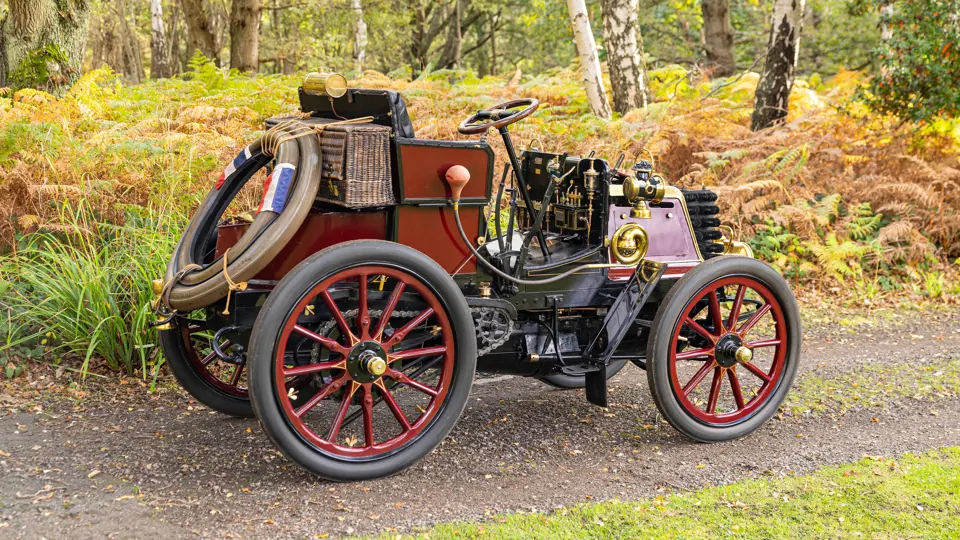
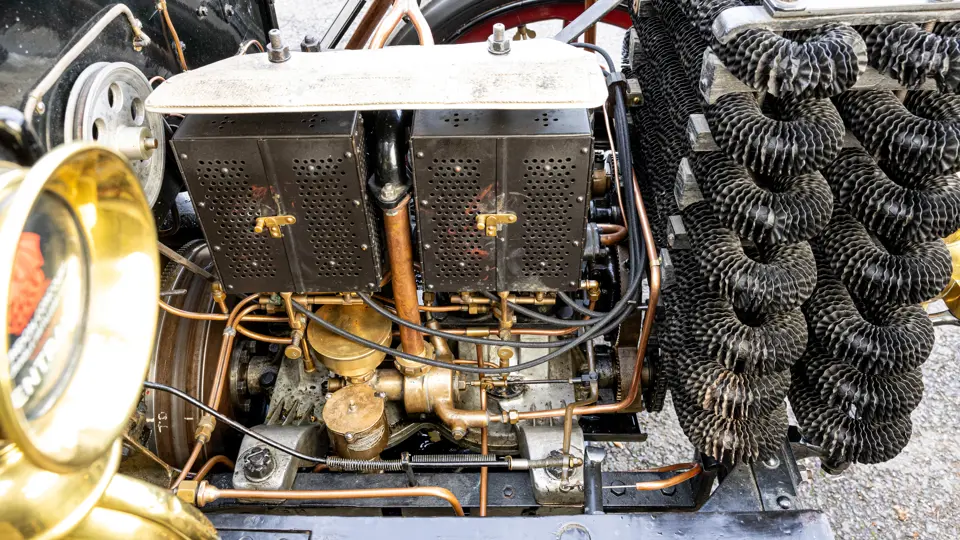
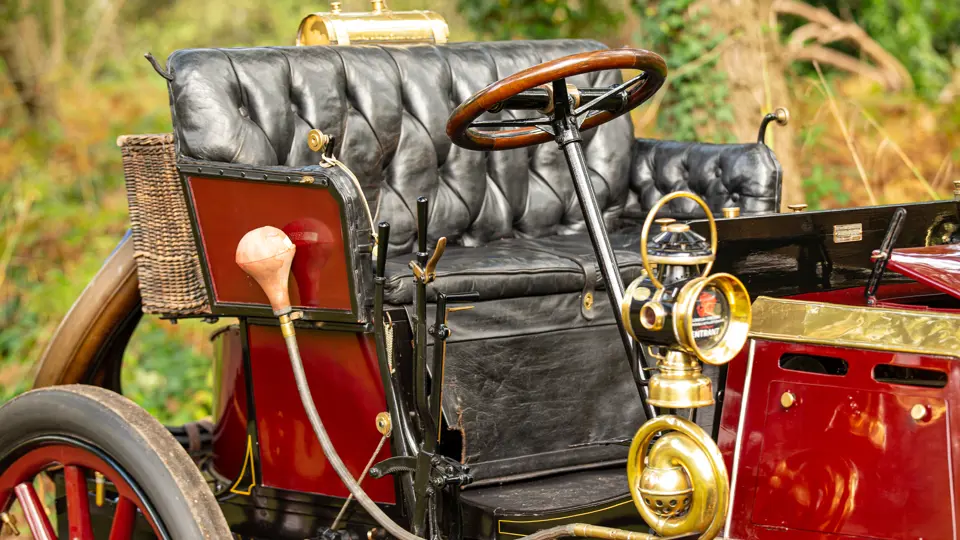
This site is protected by reCAPTCHA and the Google Privacy Policy and Terms of Service apply.


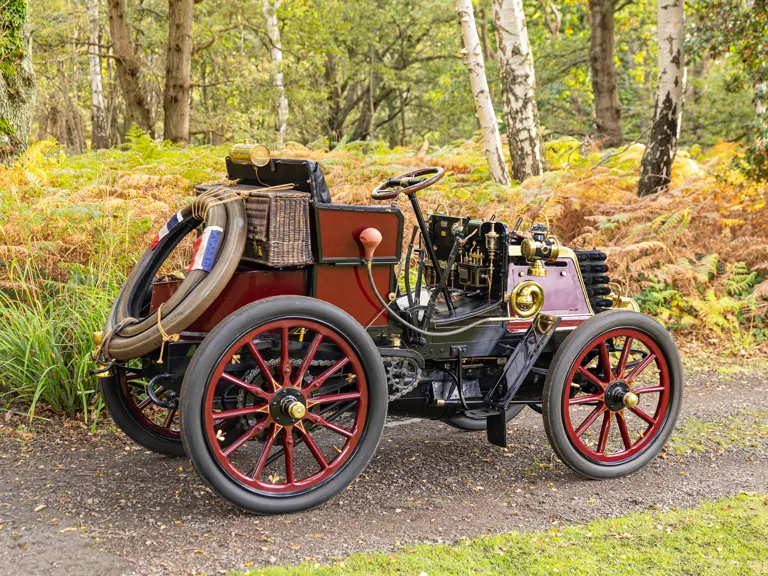

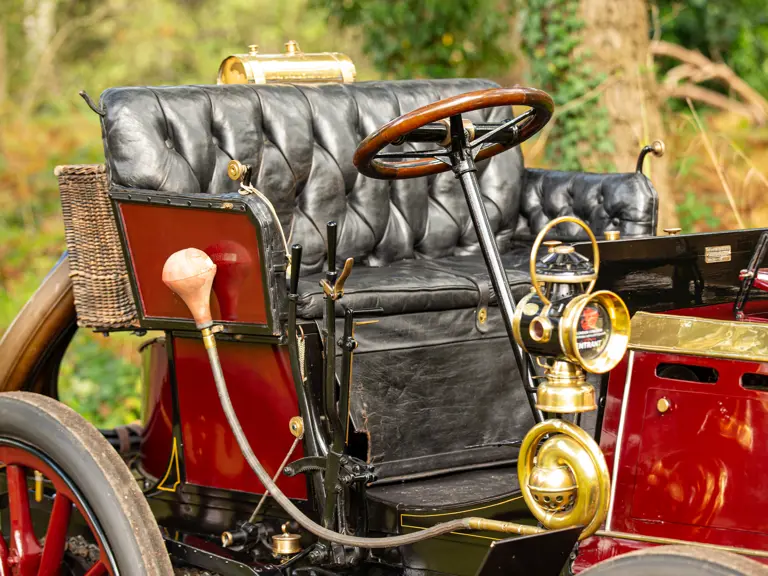
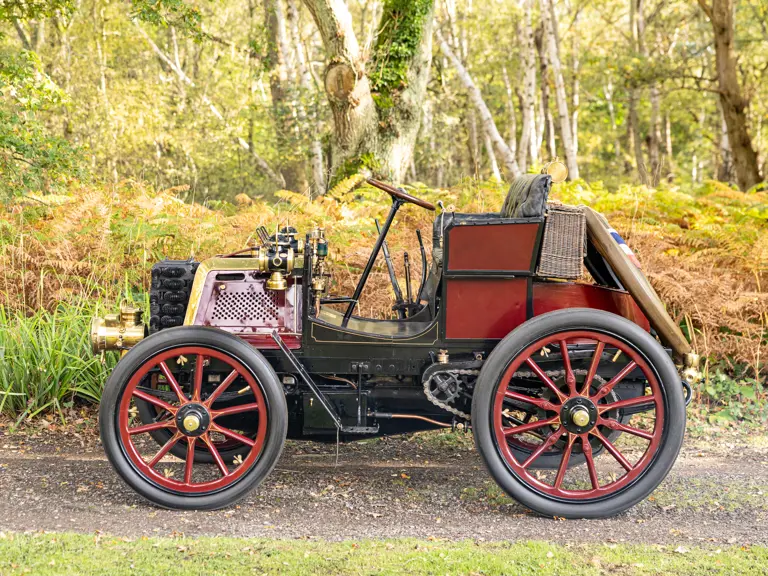

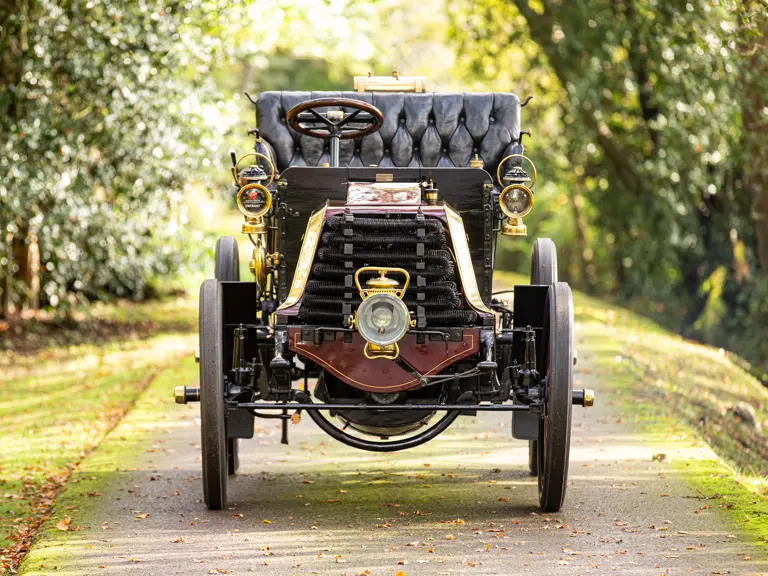


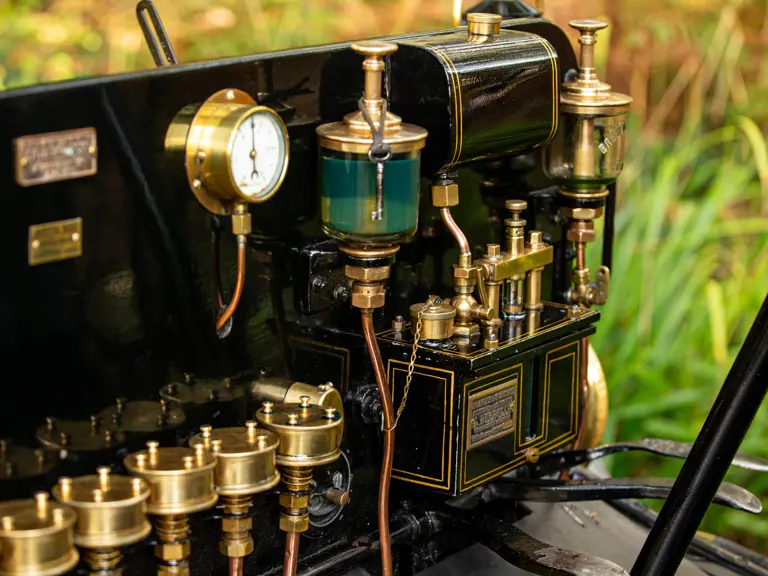






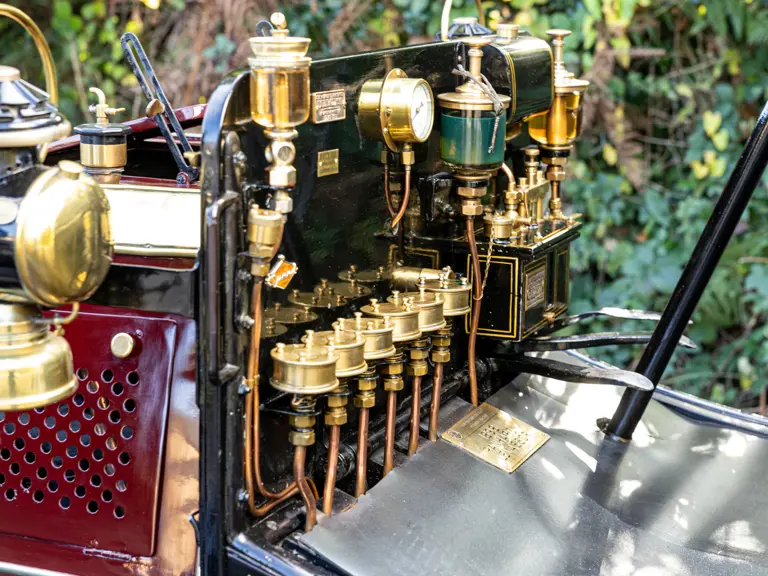


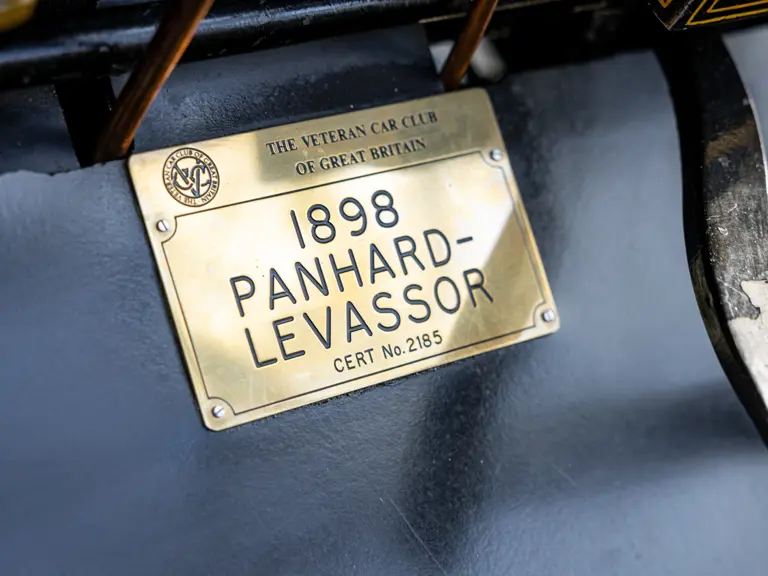



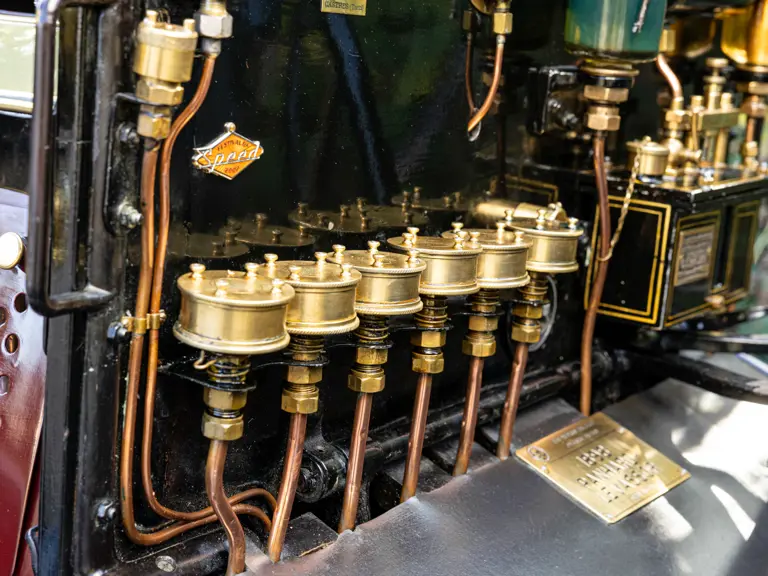

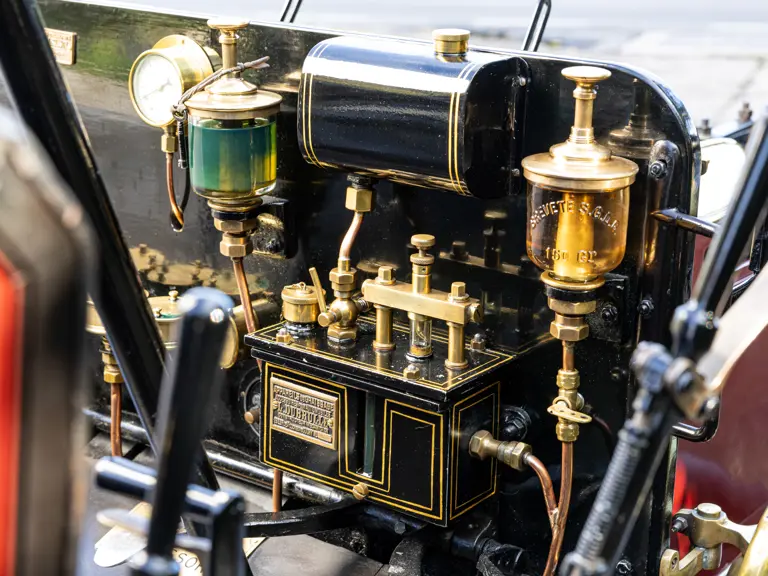




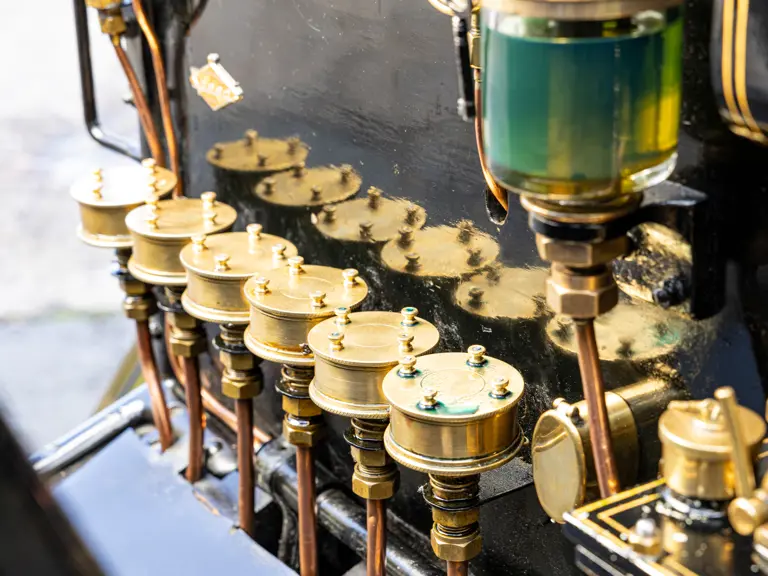
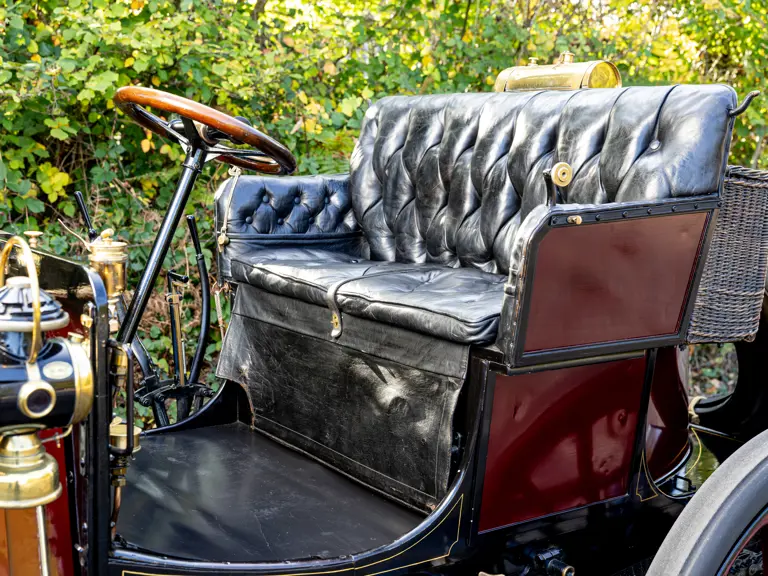







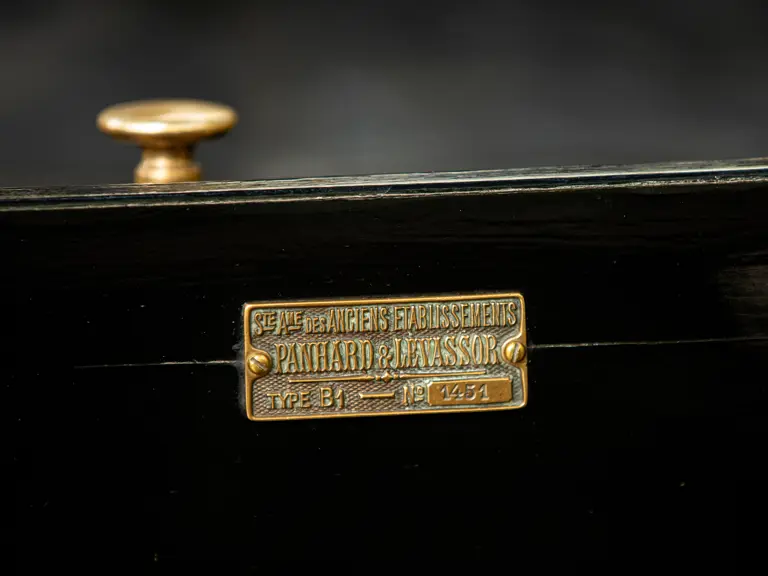
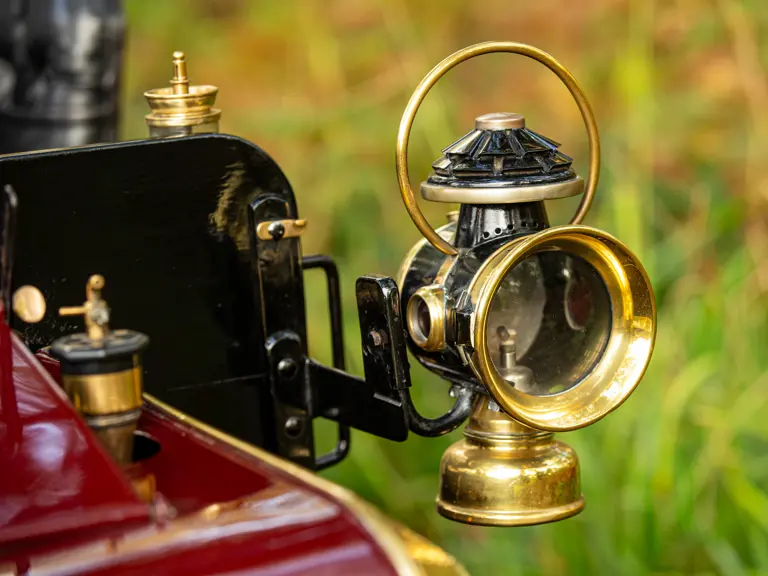


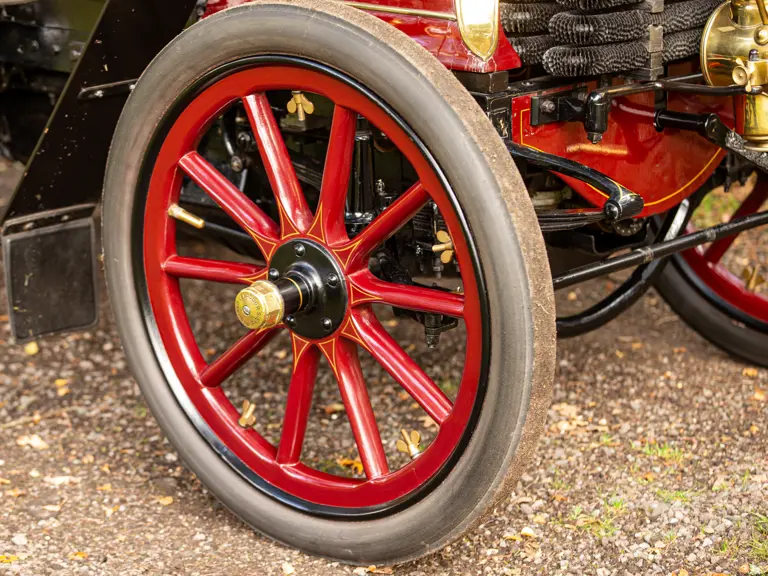
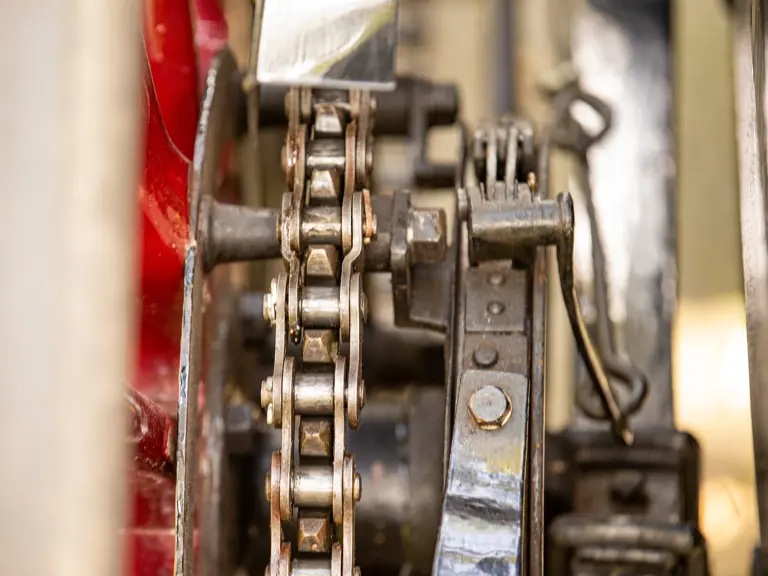


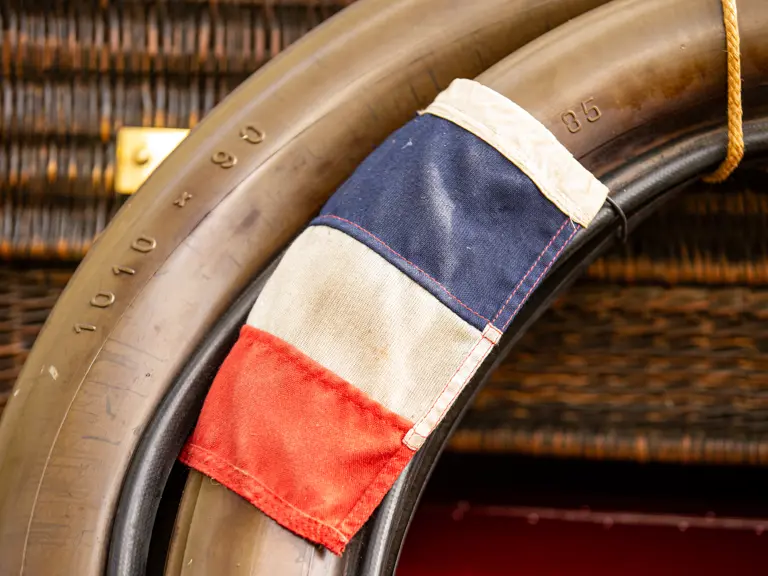


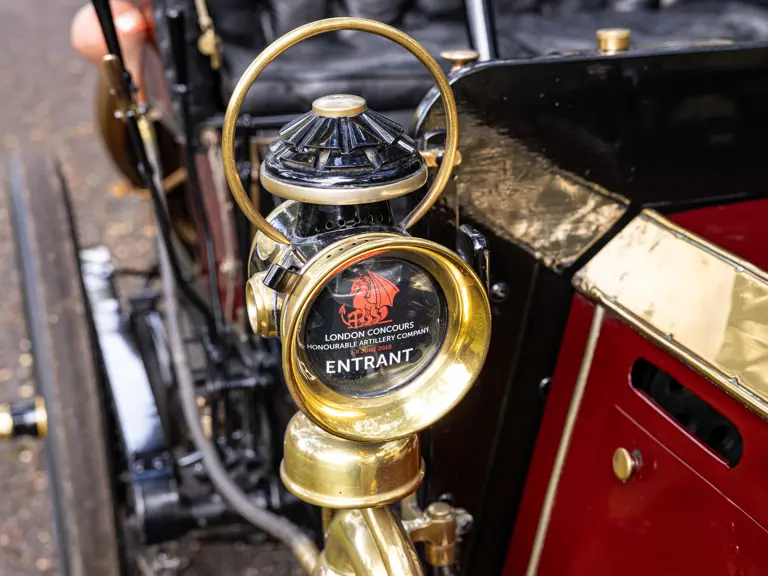

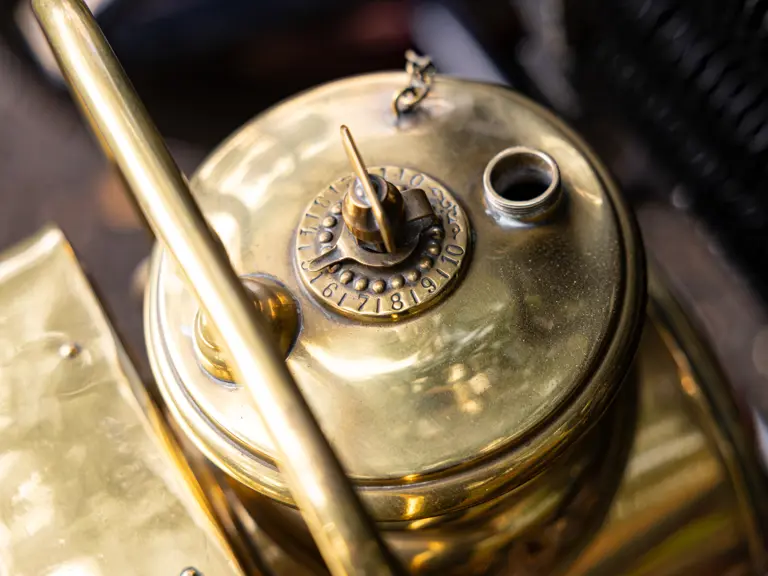
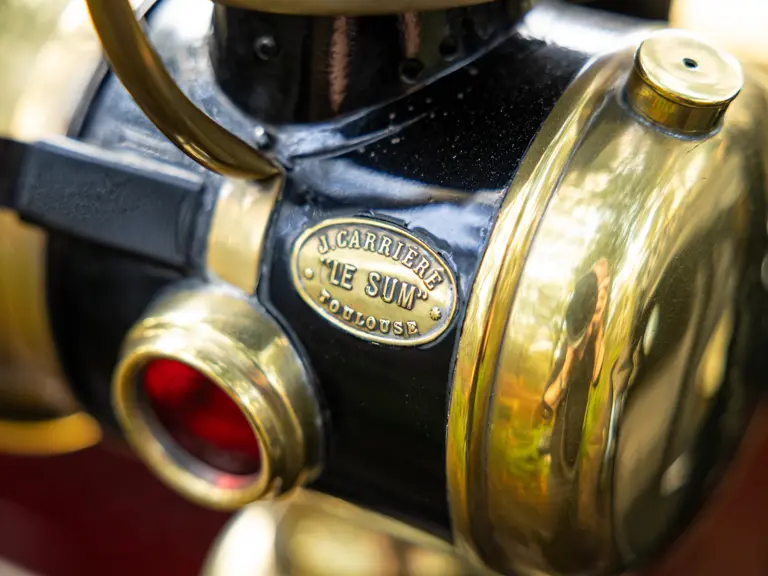

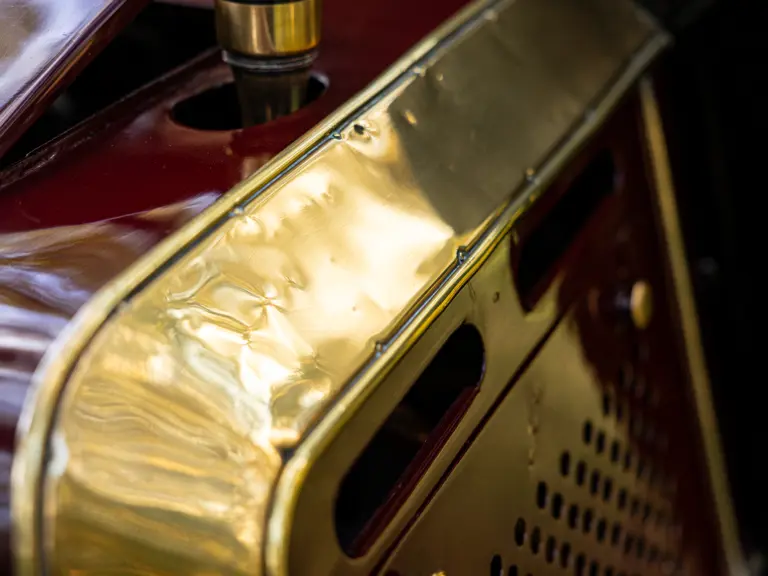
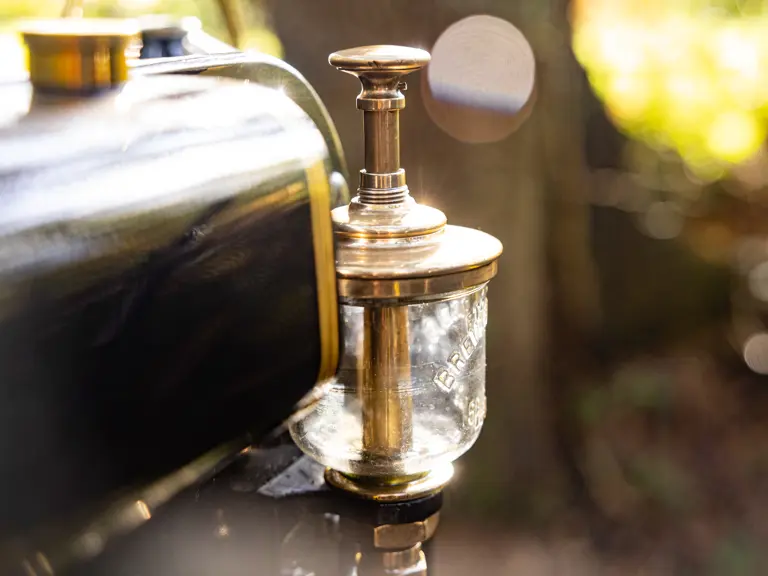
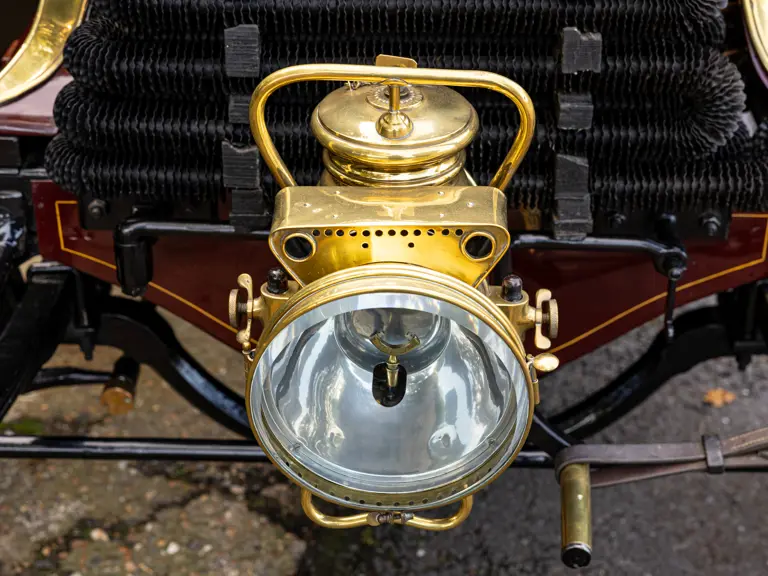
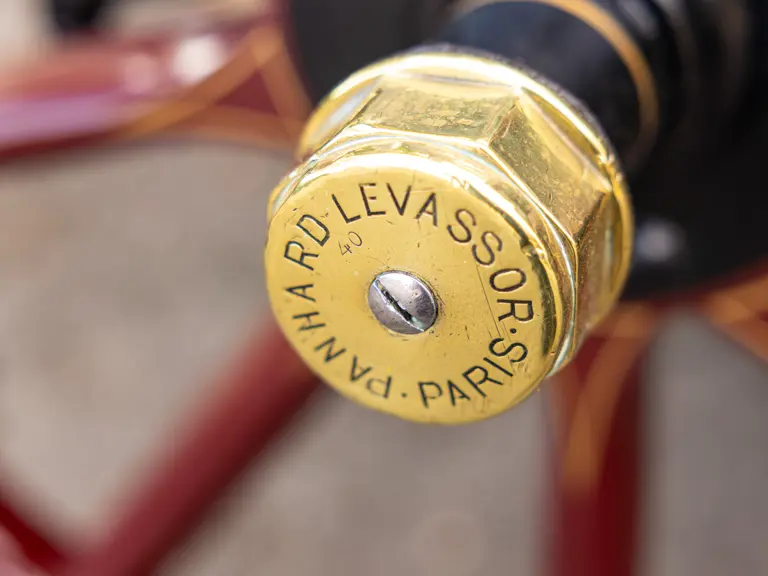
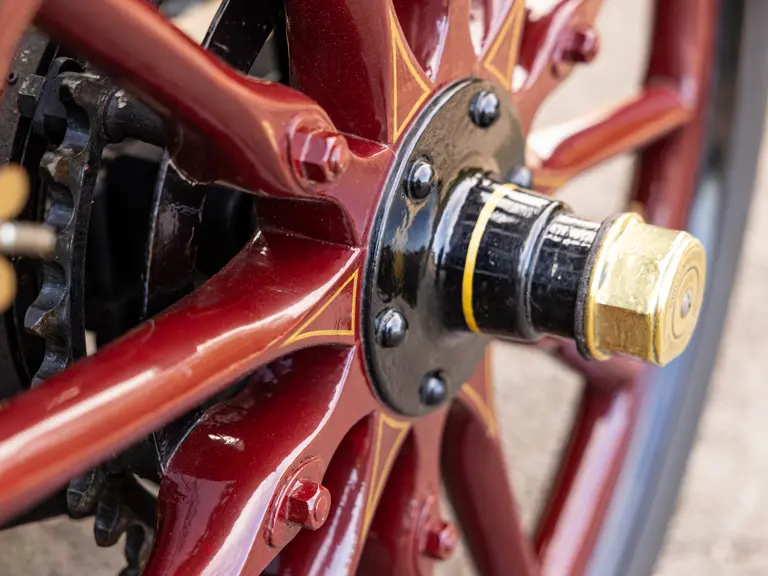

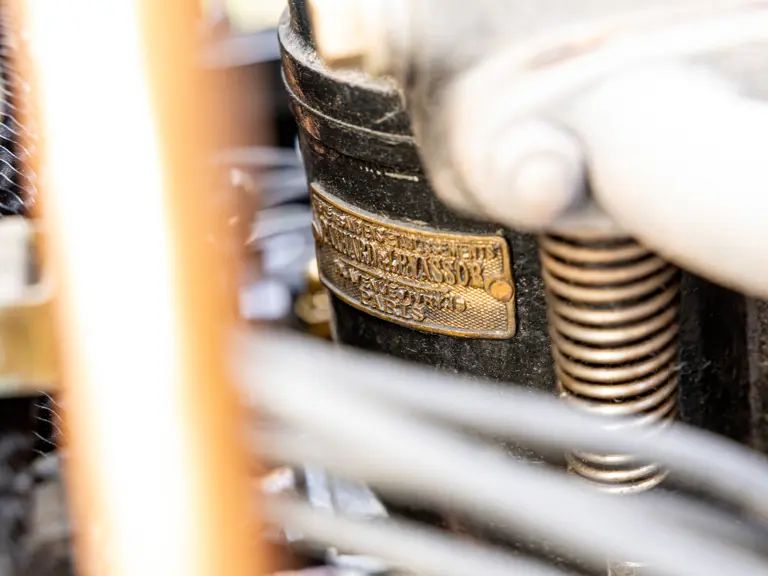
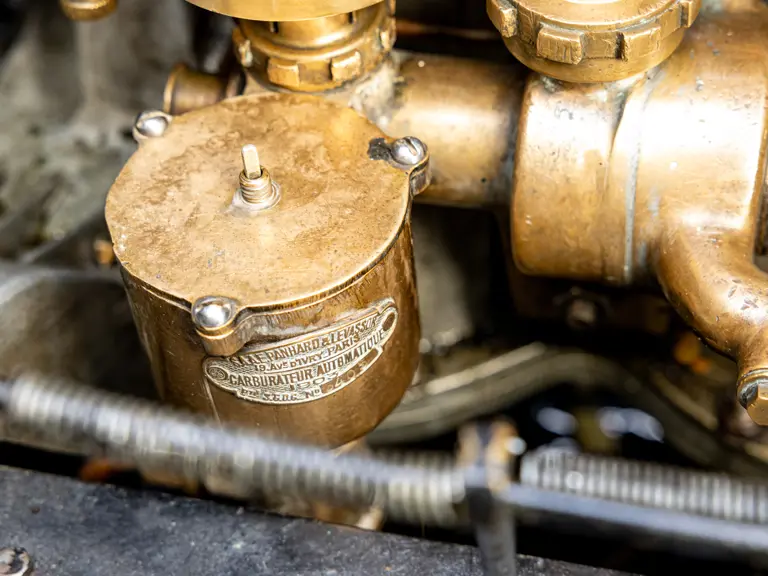


 | London, United Kingdom
| London, United Kingdom

